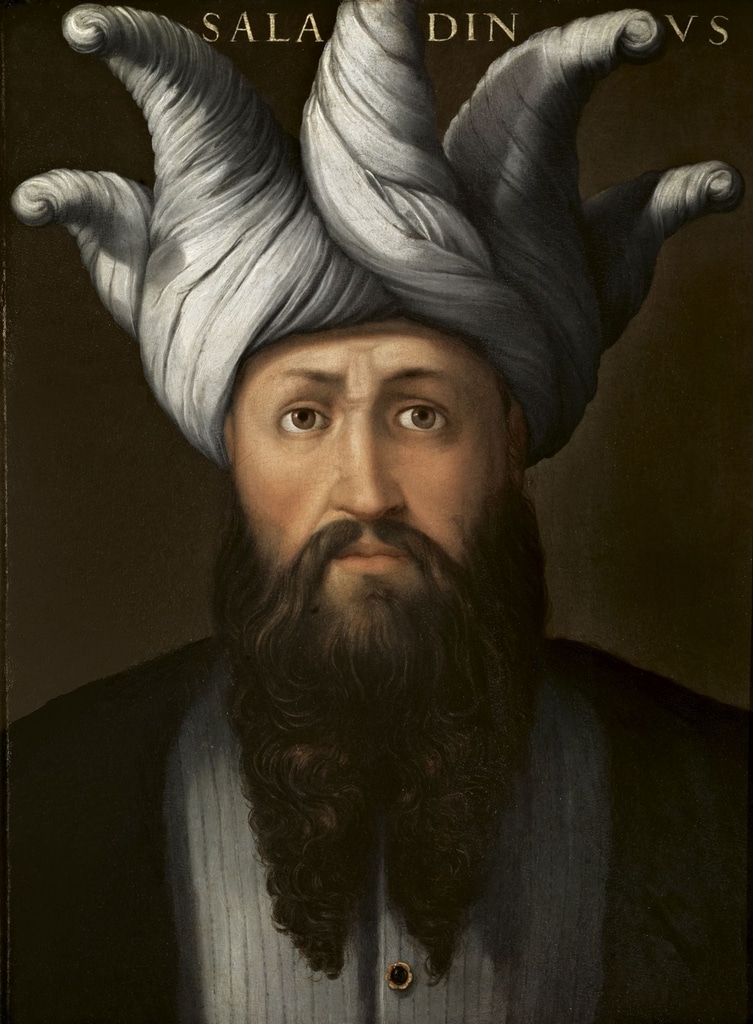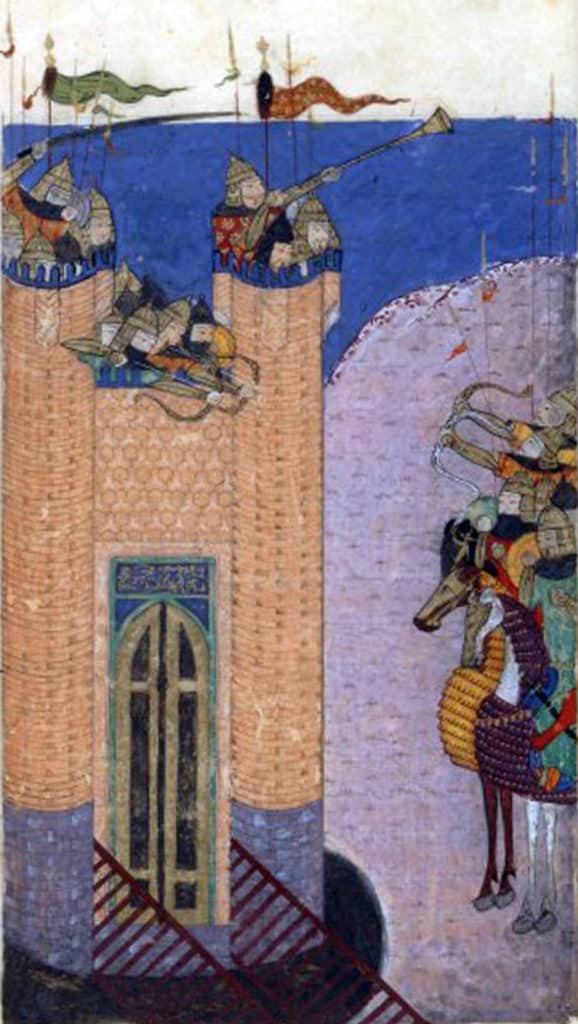This Week in History recalls memorable and decisive events and personalities of the past.
22nd May 1176 – The Hashshashin (Assassins) attempt to assassinate Saladin near Aleppo

The terrifying assassins of the Middle East, the Hashshashin – from whom we get the word assassin – have been immortalised in pop culture for centuries as deadly killers for hire. Video games, plays, movies and books have all had their take on these warriors.
The pop-culture version of the Hashshashin is unfortunately rather distorted and few people know much about the real assassins.

In the late 11th century one of the major powers of the Islamic world was the Fatimid Caliphate centered in Egypt, which battled with the Turks and Eastern Romans for control over the Middle East (You can read more about the Fatimids in this edition of This Week in History.) By the later years of the 1000s the Fatimids were in decline, having been divided by various disputes over succession and religion. The Fatimids were different from most of their contemporary Islamic rivals in that they were Ismaili Shiites (today the second largest branch of Shia Islam).
During their internal conflicts, the Fatimid Empire expelled an Iranian missionary called Hassan-i Sabbah, who had studied Ismaili Islam in Egypt but had made the mistake of backing the losing side in a succession crisis.
Hassan returned to his native Iran and began to spread his faith to the local peoples. Joining up with Iranian tribesmen from the hills of northern Iran, who had long fought against conquest by the Arabs and Turks, Hassan founded an order of Ismaili warriors that would come to be known and the Hashshashin.

In the year 1090 Hassan and his followers captured the castle of Alamut without bloodshed, by slowly infiltrating the staff of the fortress and settling their members among the population of the nearby village.
Once they had captured the castle, they began to convert the locals to their form of Islam while also fighting against the Seljuk Turks who ruled over most of Iran at the time.
The Hashshashin would go on to establish a network of fortresses, using the same methods of covert capture, across Syria and Iran, which sheltered their co-religionists.
These fortresses were isolated from one another and surrounded by enemies but were often able to repel huge attacks against them by the Fatimids and Seljuks through the use of ambush, trickery and assassination of key enemy leaders. In the year 1092 they murdered the de-facto ruler of the Seljuk empire, the Vizier Nizam al-Mulk.

So it came to be that the Hashshashin earned their fearsome reputation as killers without equal.
During the next few decades the Hashshashin claimed many more high-profile victims, including three Sunni Caliphs (a Caliph is successor of the Prophet Mohammed – read more about Caliphs in this edition of This Week in History) and many top leaders of the Seljuks and Fatimids. In 1152 the Hashshashin turned their sights on the Crusaders, killing the Crusader lord Raymond II, Count of Tripoli.
In the 1160s and 1170s the Hashshashin in Syria came into conflict with the Sunni Kurdish general, Saladin (about whom you can read more in this edition of This Week in History).
Angered by Saladin’s toppling of the Fatimid Shiite rulers of Egypt and fearful of Saladin’s growing influence over Syria, the Hashshashin made war on Saladin.

In 1175, the Hashshashin made their first attempt to kill Saladin during his campaigns in Syria.
A group of 13 assassins gained access to his camp but were detected and Saladin was saved from death by his generals when they attacked the assassins.
In 1176, the Hashshashin tried again, and on 22 May 1176, when Saladin was laying siege to a fortress in north-western Syria, an assassin attacked him with a knife while he rested in his tent.
The assassin tried to stab him in the head, but Saladin was still wearing a cap from his head armor and the knife didn’t penetrate. In the ensuing scuffle, the assassin slashed through the general’s clothing but was killed before he could strike another blow.
Ultimately the Hashshashin would outlast Saladin, striking from their fortresses at their foes and remaining a terrifying force in the Middle East.
They would however meet their end at the hands of the Mongol Empire, which, during its conquest of Iran, managed to be the first attacking army to capture the original Hashshashin fortress at Alamut in 1256.
Over the next few years of Mongol rule the Hashshashin were slowly hunted down and destroyed in Iran.

Some fortresses of the Hashshashin survived in Syria and reportedly they went on until the 14th century. However by the end of the 13th century they fade from the historical record. Some of the descendants of the assassins live today in the Syrian town of Salamiyah, which still has a large Ismaili population.

If you like what you have just read, support the Daily Friend

